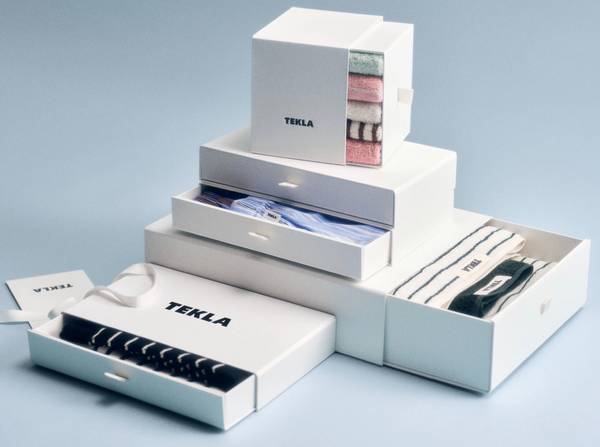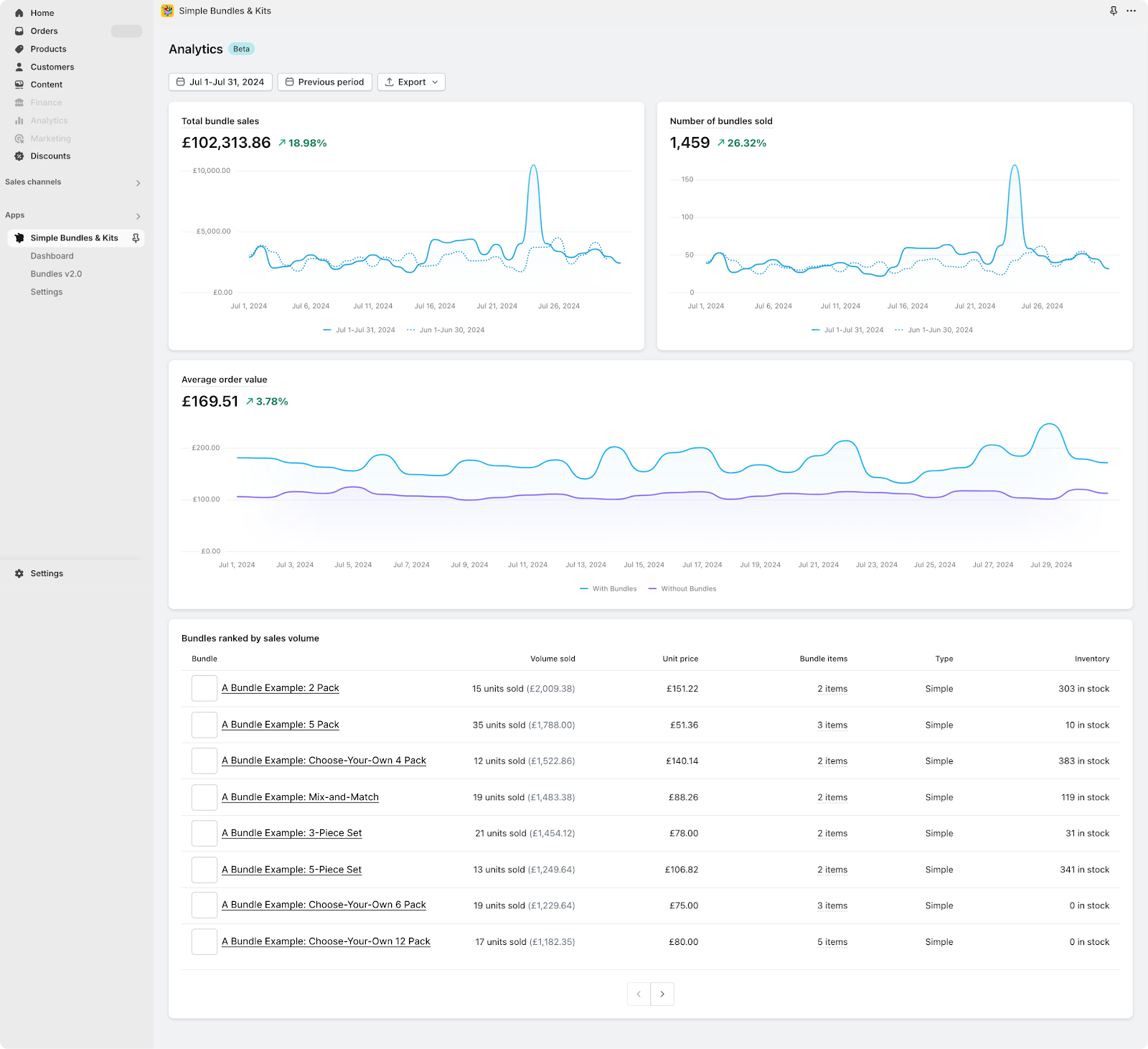Bundle Inventory Management and What’s Actually Required to Fulfill Them Correctly
Nothing exposes weak operational foundations faster than bundled products.
Tina Donati
Oct 24, 2025 · 4 min
If you’re already experimenting with bundles, this is a great way to refine your product bundling strategy.

Tina Donati
Oct 24, 2025 · 4 min
Tina Donati is the Head of Marketing at Simple Bundles and has spent the past 7+ years helping Shopify brands streamline their tech stack and unlock growth through smarter product bundling, better UX, and cleaner ops.
Most brands approach product bundling with guesswork: slap a few popular products together, call it a kit, and hope it sells. But if you really want to increase sales, boost AOV (average order value), and build bundle offers that actually convert, you can’t rely on intuition alone.
Your customers are already showing you what they want—you just need to listen.
With the right product bundling strategy, supported by analytics, you can identify types of product bundles that align with real buying behavior, optimize pricing, and avoid wasting marketing costs on offers that fall flat.
A common starting point for ecommerce brands is reviewing sales history and finding complementary products purchased in the same order. If two individual products are bought together 5–10% of the time, that’s a strong signal they could work well as a bundle offer.
For example, if your shopping cart sales data shows that 25% of customers buy a lip liner with a lip gloss or a shampoo with conditioner, you can turn those individual items into a discounted combo and promote it as a curated set. This creates a smoother user experience and offers a clear perceived value.
The benefit is simple: bundle pricing at a reduced price feels like a deal, while still protecting your profit margins. But this approach only shows part of the picture.
Some of the best opportunities for cross-sell bundling don’t show up in the same order—they appear in repeat purchases.
Instead of only looking at single orders, they analyze first and second purchases within a 30-day window.
Here’s how it works:
If multiple customers buy the same second product after their first, that’s a high-potential bundle. For example, if customers buy a black dress shirt first and return within 30 days for a navy shirt, those two can become an “Everyday Neutrals” bundle.
This kind of analysis uncovers cross-sell and upsell opportunities that theme-based bundling misses. It also shows how different products across product categories can be combined into bundles that improve customer satisfaction and customer loyalty.
You don’t need to be a data scientist to get started. If you export your anonymized order data, you can run it through AI to spot bundle opportunities at scale.
Try this prompt:
“Analyze this spreadsheet of order data and identify product bundle opportunities. Look for: (1) products frequently purchased together in the same order, (2) items commonly bought as a second purchase within 30 days of the first, and (3) patterns in high-value or high-frequency product pairings. Provide insights on the most promising bundles and why they might work well together.”
This lets you identify bundle offers that reflect true customer behavior, not just assumptions.
Too often, brands create “gift bundles” or bestseller kits without testing whether they actually work. Without metrics, you can’t know if bundles are helping you boost sales or hurting your profit margins.
This is where Simple Bundles analytics makes the difference. Instead of guessing, you can measure bundle performance, compare across product lines, and make smarter forecasts.
Your analytics dashboard gives you full visibility into how your bundle offers are performing:

By combining these bundle performance metrics with customer behavior insights—like cart analysis, sequential purchases, or customer feedback—you can refine your product bundling strategy and focus on what truly works.
Analytics transform bundling from guesswork into a scalable function of your business that consistently helps you increase sales, manage inventory in real time, and protect your profit margins.
Even the best bundles won’t sell to the wrong audience. High-AOV bundles can be a tough sell for new customers, especially through paid ads. Instead, use retention channels—like email or SMS—to target:
This way, you’re targeting high-intent segments rather than cold audiences. And always keep bundle pricing strategy in mind: a shopper considering a $150 product is far more likely to buy a $250 bundle than someone browsing a $40 entry-level item.
If you’re already experimenting with bundles, this is a great way to refine your product bundling strategy. Start with sales history, layer in sequential purchase data, and then use Simple Bundles analytics to test, measure, and scale what works.
The result? Smarter bundles that boost sales, improve conversion rates, and deliver curated experiences that feel natural to your customers.
Simple Bundles powers 20,000+ merchants, helping them build bundles while simplifying inventory, fulfillment, and reporting. Start here for free.